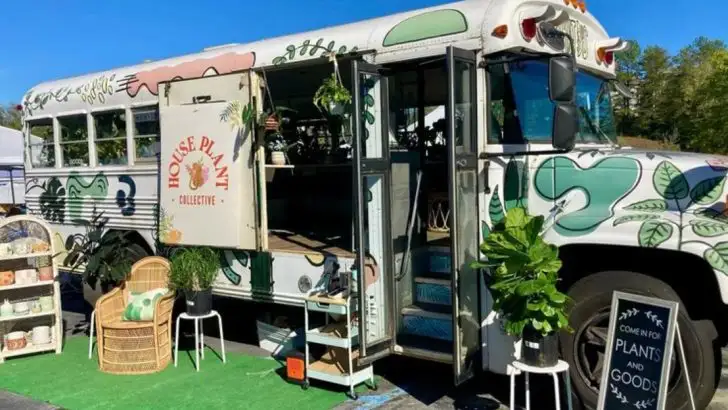Not every plant needs a garden—and not every garden needs to be traditional. These days, people are growing greenery in the most surprising spots, turning overlooked corners, empty containers, and even old furniture into playful little plant havens. It’s not always about practicality or yield—sometimes, it’s just about joy.
Whether it’s a tiny pot of thyme growing in a bike basket or succulents living inside an old toaster, plant lovers are proving that with a bit of creativity, anything can become a planter—and anywhere can become a garden. These unexpected locations aren’t just fun to look at, they also remind us that growing something green doesn’t require rules, space, or perfection.
Old Telephone Booths
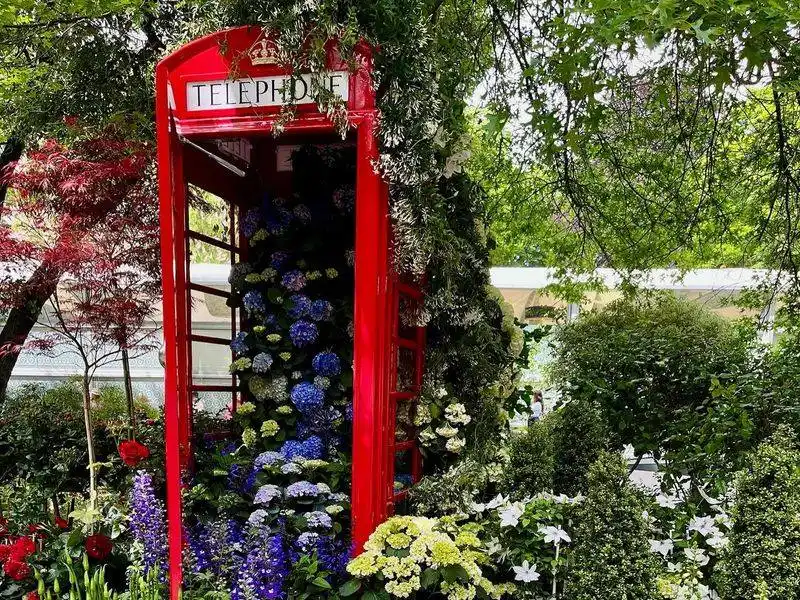
Once a staple of city streets, telephone booths are finding new life as charming mini-greenhouses. These vintage structures, often left abandoned, are perfect for small-scale urban gardening. Glass panels provide ample light, and the enclosed space offers protection from the elements. Transforming them into plant havens breathes life into forgotten urban relics. A creative twist, this idea adds greenery to unexpected corners of cityscapes, making passersby pause and smile. Imagine walking by a street, and instead of a ringing phone, you’re greeted by a burst of color and life.
Subway Stations
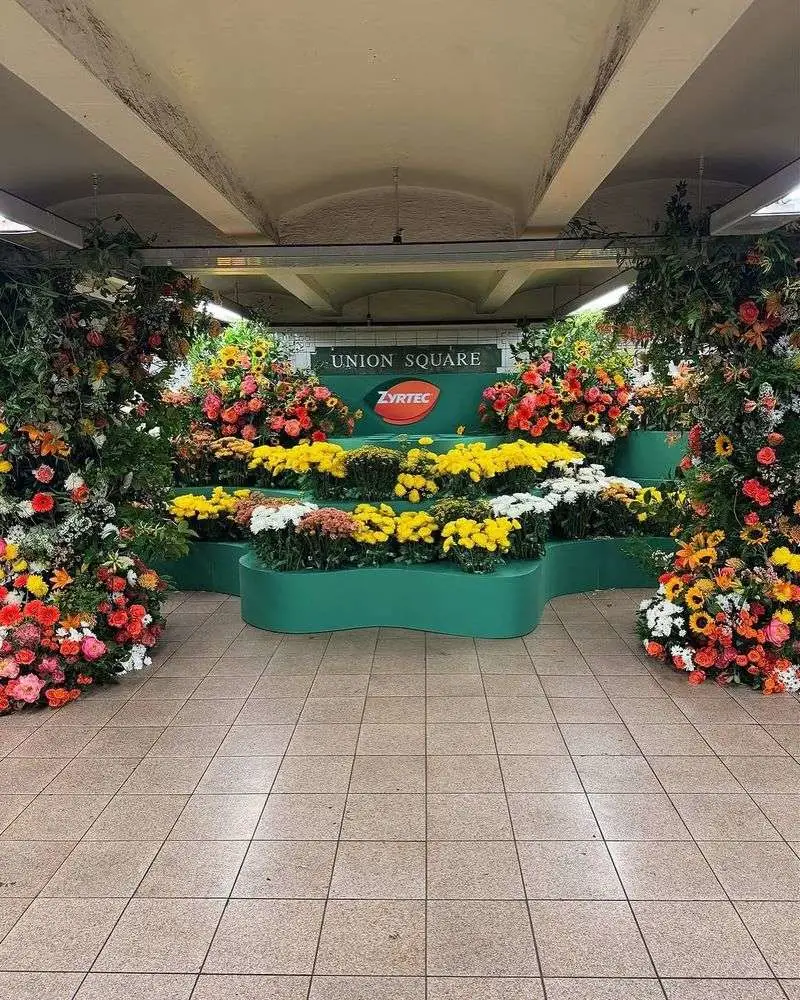
In the hustle and bustle of daily commutes, subway stations are unlikely spots for greenery. However, some innovative cities are turning these transit hubs into urban gardens. Plants hanging from ceilings or growing along tracks bring a breath of fresh air to otherwise sterile environments. This approach not only beautifies the space but also improves air quality, offering weary travelers a green respite. Next time you rush to catch a train, take a moment to appreciate the natural wonder thriving beneath the city streets.
Industrial Rooftops
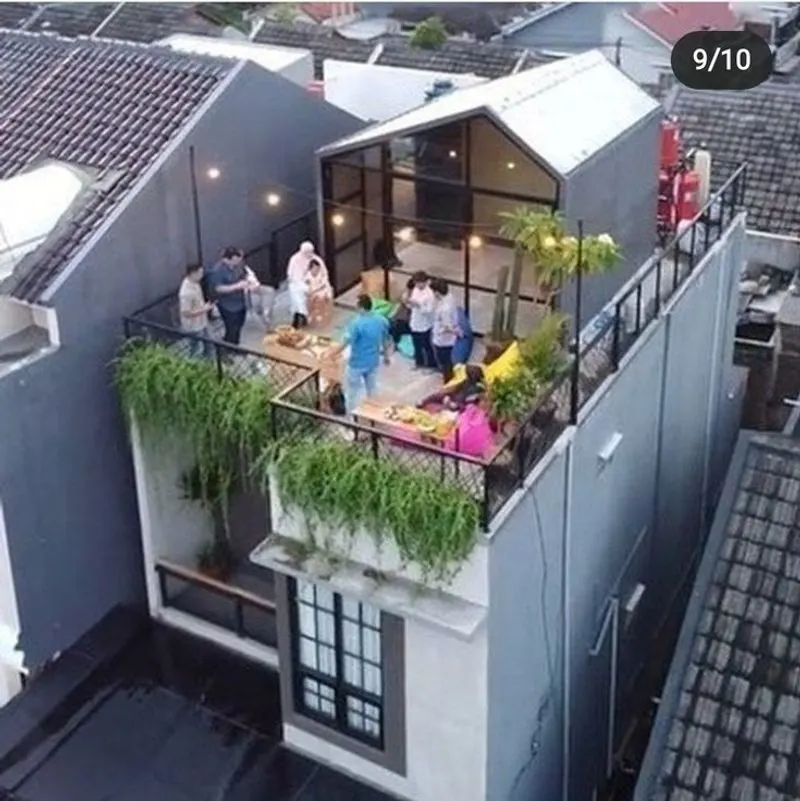
Industrial rooftops, once barren and overlooked, are now fertile grounds for urban agriculture. With the increasing focus on sustainability, these spaces are being converted into productive gardens. Rows of raised beds boast vegetables, herbs, and flowers, often complemented by solar panels. This green initiative not only provides fresh produce but also reduces the building’s carbon footprint. A testament to innovation, rooftop gardens are redefining urban landscapes and bringing farm-to-table concepts closer to home.
Old Boats

Abandoned boats, once destined for decay, are sailing into a new chapter as floating gardens. Anchored on lakes or rivers, these vessels offer a unique platform for plant cultivation. Imagine rows of herbs and flowers thriving on the water, creating a picturesque scene for nature lovers. This inventive approach to gardening combines the tranquility of water with the beauty of flora, making every boat a testament to resilience and creativity. A sailing garden is sure to captivate anyone who passes by.
Public Buses
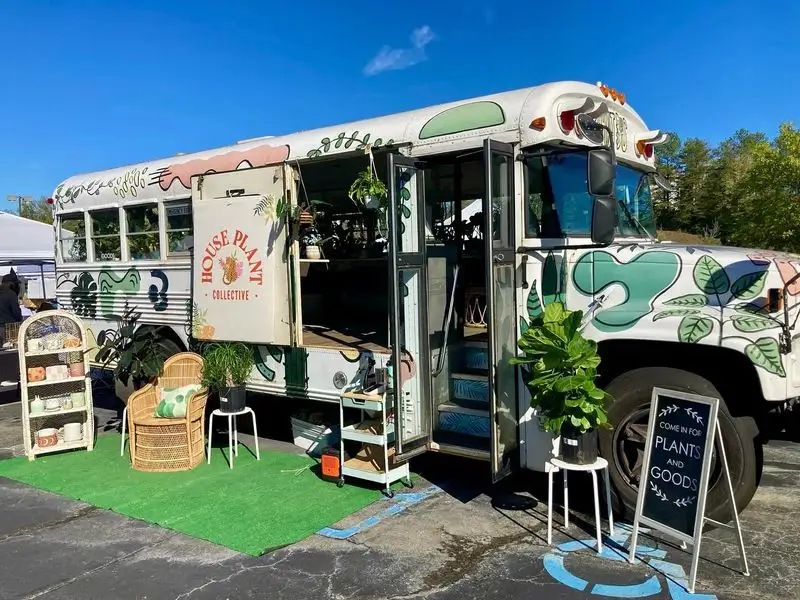
Public buses, usually associated with the chaos of city life, are taking a greener route. Some cities have embraced the idea of transforming bus rooftops into mobile gardens. With hardy plants and flowers adorning the tops, these buses not only transport people but also nurture nature. It’s a moving statement on sustainability, showcasing how urban transportation can contribute to a healthier environment. Keep an eye out for these green giants next time you’re in traffic.
Deserted Warehouses
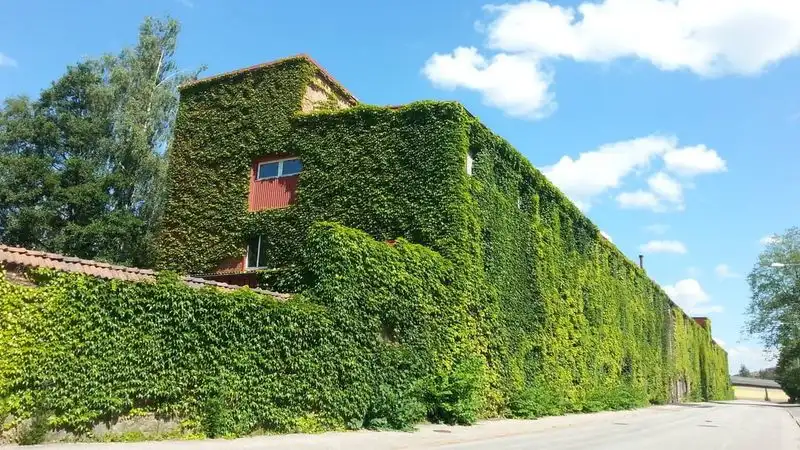
Deserted warehouses, often seen as eyesores, are being revitalized into indoor jungles. The vast space provides ample room for vertical gardens, hanging plants, and even indoor trees. Entrepreneurs and hobbyists alike are drawn to these blank canvases, eager to create lush environments away from the bustling city. This transformation not only elevates the aesthetic appeal but also promotes biodiversity and relaxation. Step inside, and you’ll find a serene escape from the concrete jungle outside.
Forgotten Parking Lots
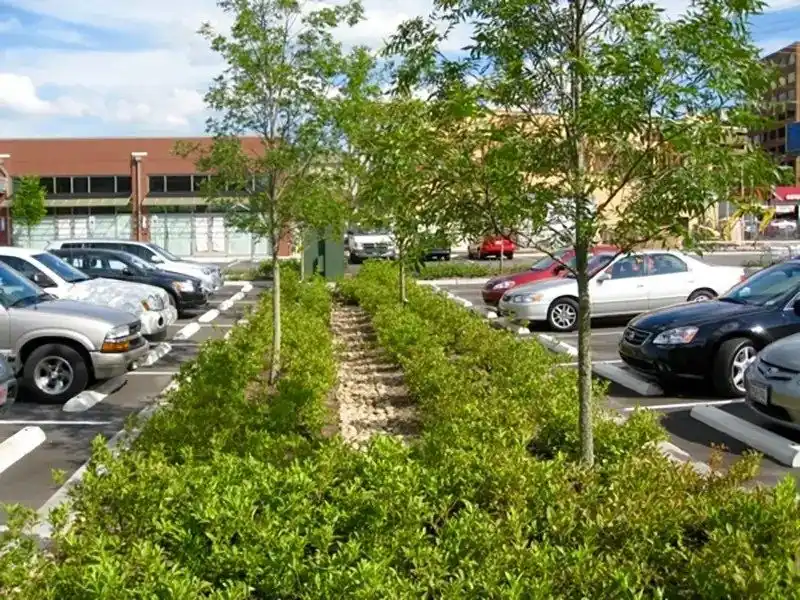
Forgotten parking lots, once symbols of urban sprawl, are now blossoming into community gardens. These neglected spaces are being repurposed to grow vegetables, flowers, and native plants. The transformation breathes new life into otherwise dull areas, fostering a sense of community and environmental stewardship. As asphalt gives way to greenery, these gardens provide a haven for pollinators and a source of fresh produce. It’s a wonderful sight to behold, turning the ordinary into the extraordinary.
Abandoned Railways
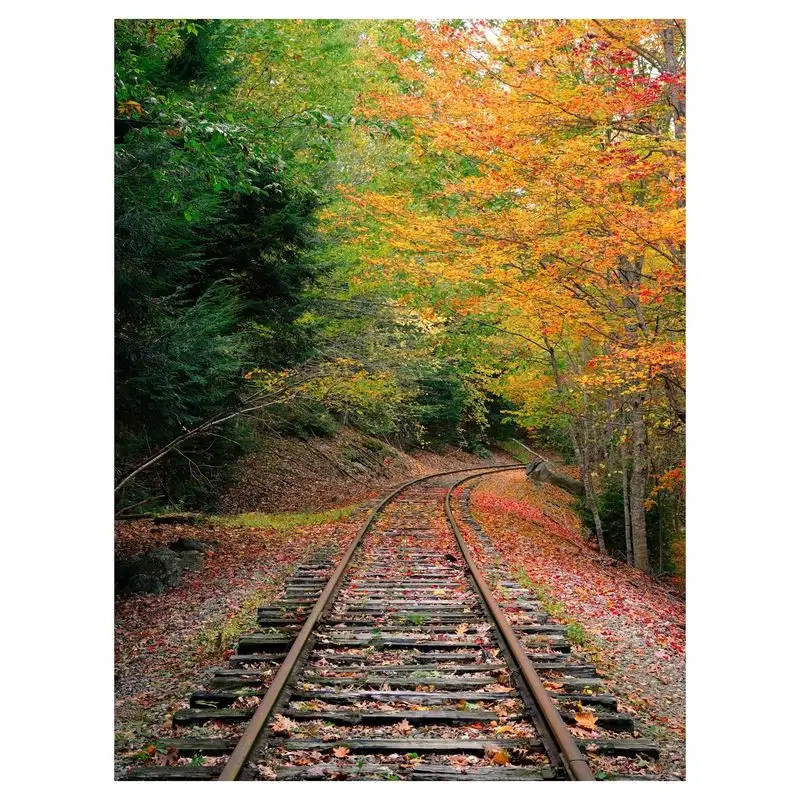
Abandoned railways, once bustling with trains, are quietly turning into nature trails. The tracks, now overgrown with wildflowers and shrubs, offer a unique habitat for flora and fauna. As nature reclaims these man-made structures, they become unexpected sanctuaries for biodiversity. Walking along these paths, you’ll find a tapestry of colors and textures, a testament to nature’s resilience. This transformation not only beautifies the landscape but also supports local ecosystems.
Vacated Malls
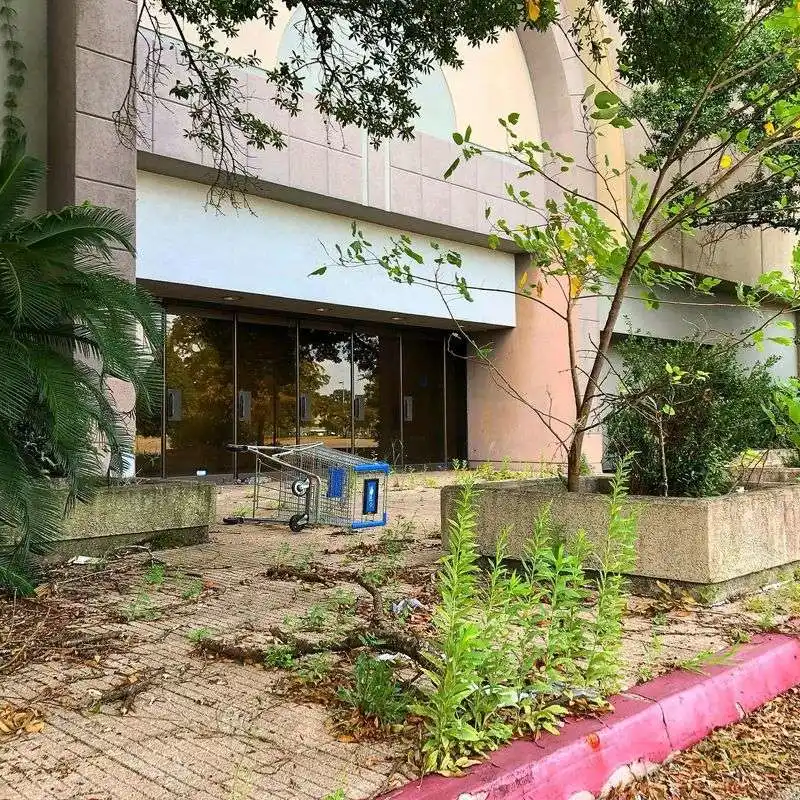
Vacated malls, once vibrant centers of commerce, are now hosting a different kind of growth. With plenty of natural light flooding through skylights, these spaces are perfect for urban gardening. Plants find their way through cracks, and balconies become hanging gardens. This green transformation offers a new purpose to otherwise deserted properties, showcasing the adaptability of nature. It’s a refreshing sight, blending modern architecture with organic beauty, and a reminder of nature’s enduring presence.
Decommissioned Military Bases
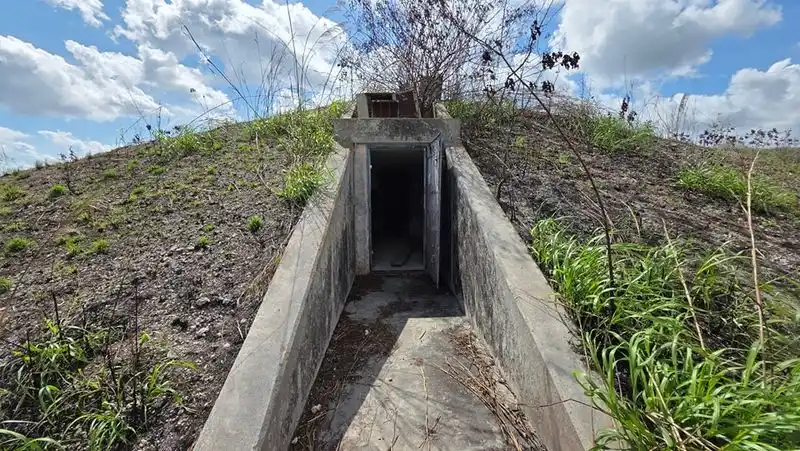
Decommissioned military bases, once symbols of defense, are now nurturing symbols of peace and growth. These large tracts of land provide ample space for community gardens and conservation projects. As plants reclaim the grounds, they create habitats for local wildlife and foster community engagement. This transformation highlights a shift from conflict to cultivation, offering a hopeful vision for the future. It’s a powerful reminder of nature’s healing power and the potential for renewal.
Tiny Apartments
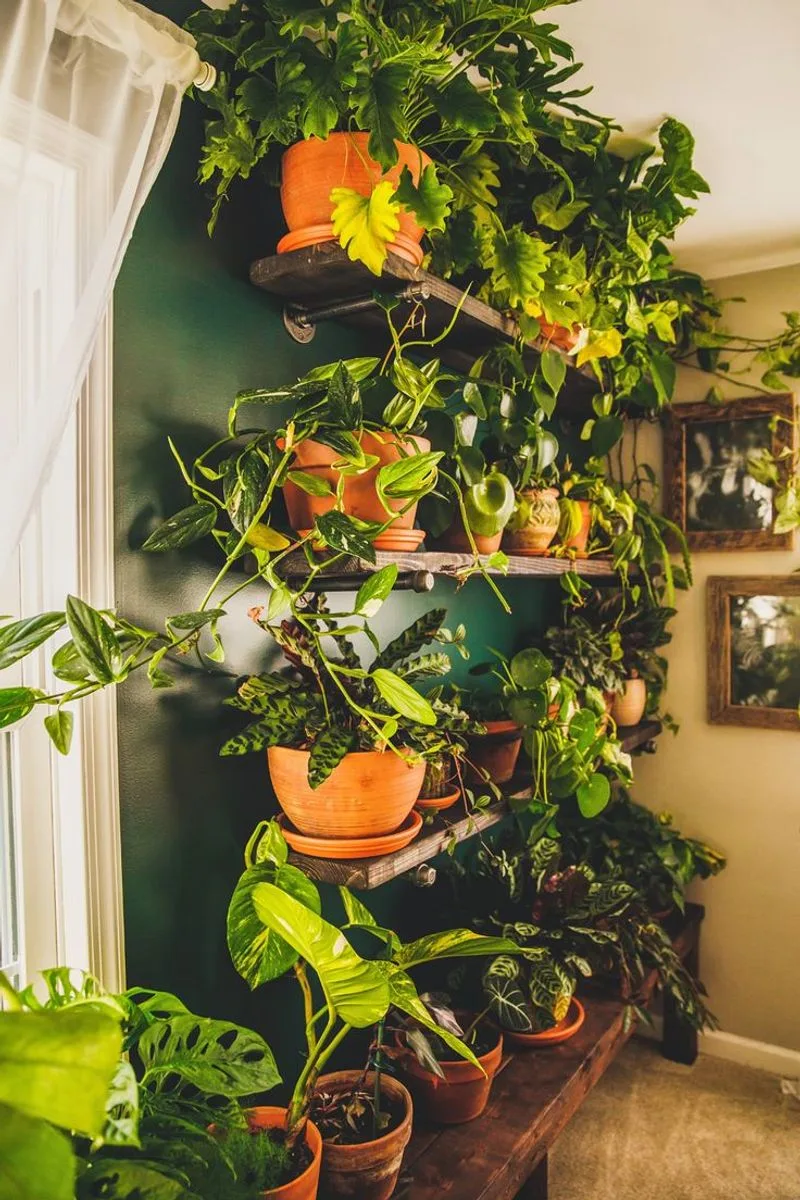
Tiny apartments, often seen as limiting, are proving to be fertile grounds for creativity. With limited space, residents are turning balconies and windowsills into vibrant gardens. Hanging baskets and vertical planters maximize every inch, bringing color and life to the urban living. This ingenuity not only enhances the aesthetic appeal but also offers a personal sanctuary amidst the city’s hustle. It’s amazing how a small space can become a thriving oasis, providing joy and tranquility to its inhabitants.
Empty Warehouses
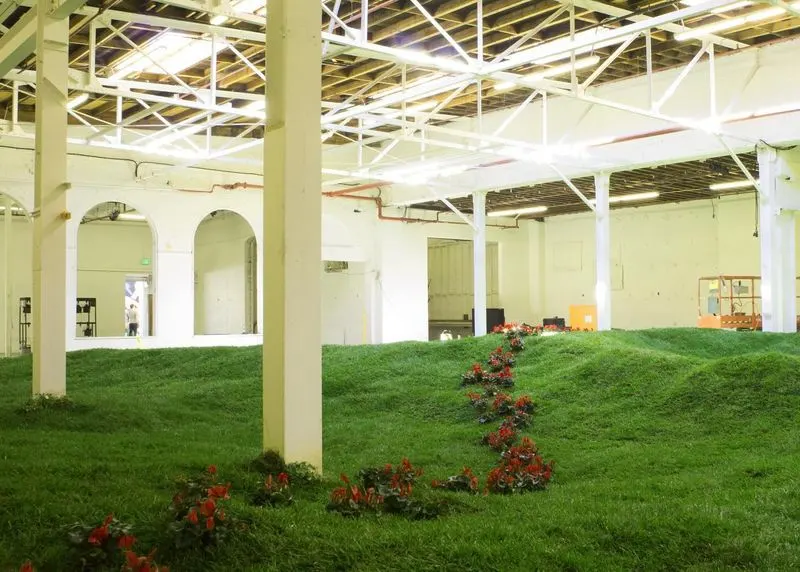
Empty warehouses, with their expansive interiors, are transforming into indoor farms. Utilizing hydroponic systems and artificial lighting, these spaces are perfect for growing herbs and vegetables year-round. The controlled environment allows for efficient production, free from the whims of weather. Entrepreneurs are drawn to this innovative approach, eager to meet the growing demand for fresh, local produce. It’s a modern twist on agriculture, bringing the farm indoors and closer to urban consumers.
Repurposed Factories
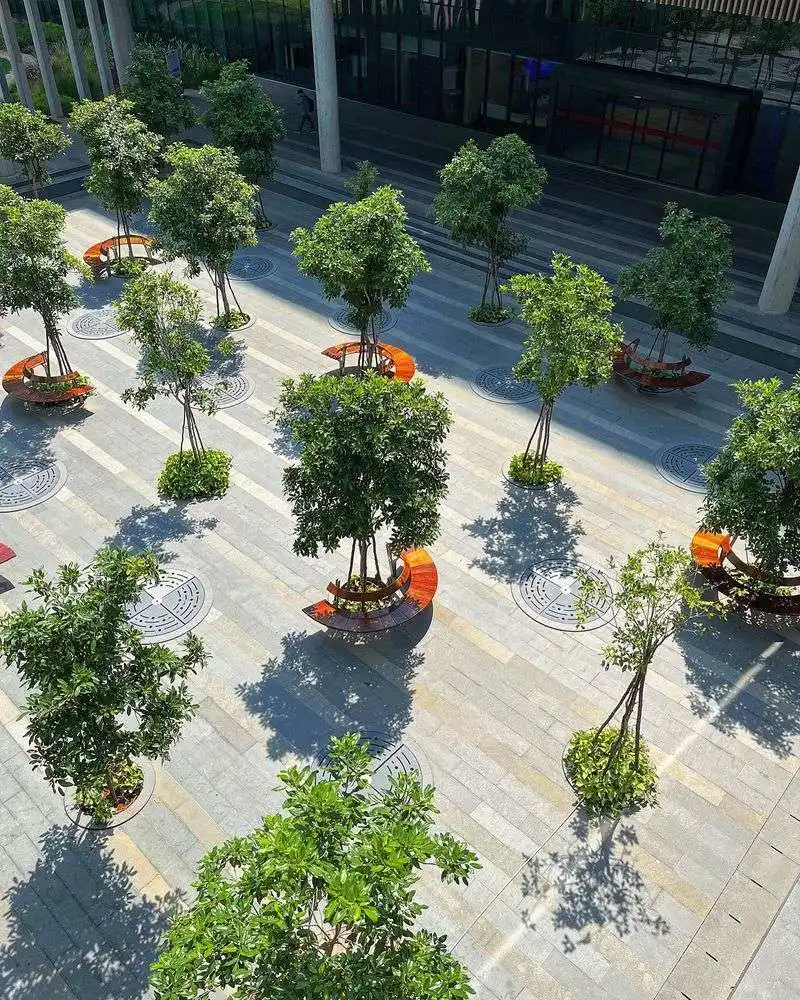
Repurposed factories, once buzzing with industrial activity, are finding new life as green spaces. Rooftop gardens and vertical installations utilize the structures, turning them into sustainable havens. This shift from industry to ecology symbolizes a commitment to environmental restoration. By integrating greenery into these historical sites, communities are preserving their heritage while embracing sustainable practices. It’s a striking contrast, showcasing how old and new can coexist harmoniously.
Unused Bridges
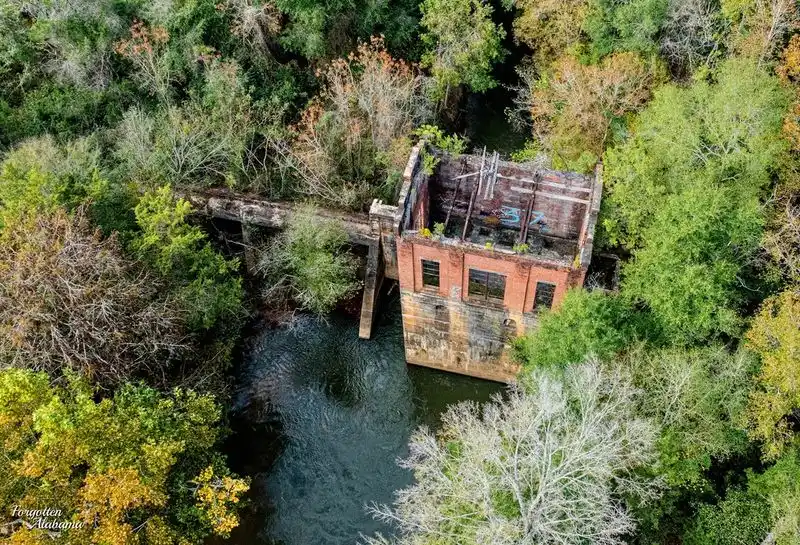
Unused bridges, often forgotten relics, are being reimagined as walkable garden pathways. With planters lining the railings and vines intertwining, these structures become inviting green corridors. The transformation offers a unique blend of architecture and nature, providing pedestrians with scenic routes to explore. This creative repurposing not only beautifies the landscape but also encourages outdoor activity and community connection. It’s a beautiful way to breathe new life into old infrastructure.
Vacant Lighthouses
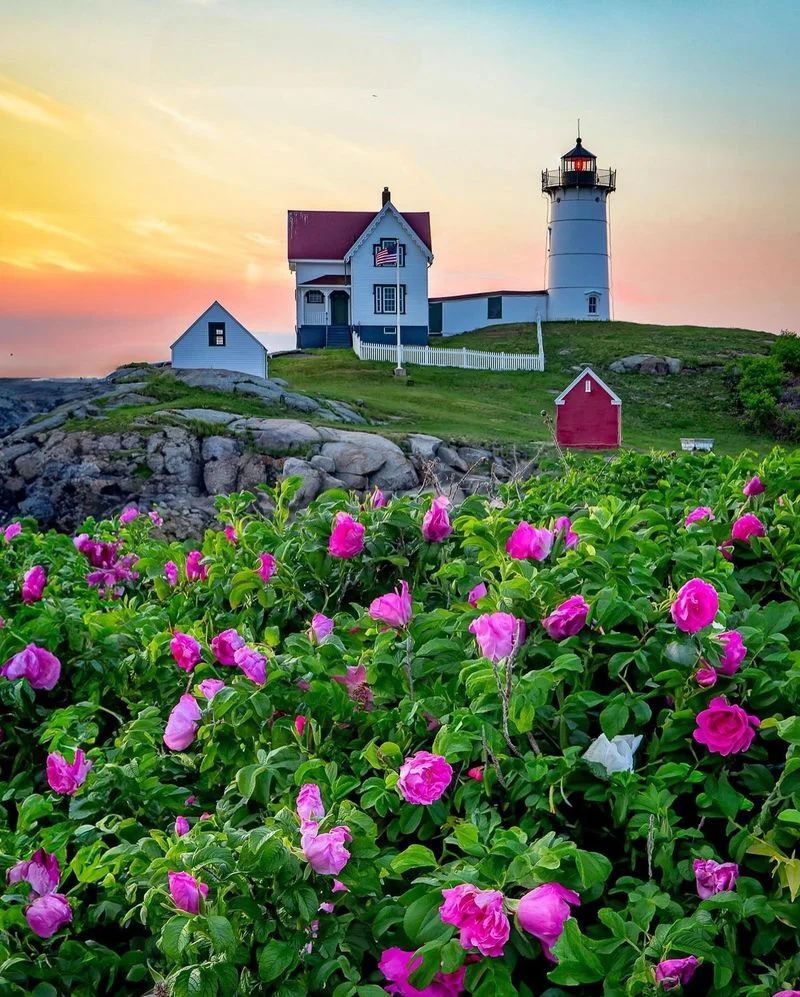
Vacant lighthouses, standing tall against the coastal backdrop, are becoming unexpected gardens. Surrounded by hardy succulents and coastal plants, these structures embrace their maritime environment. The salty air and rugged terrain provide a perfect setting for resilient flora to flourish. It’s a poetic transformation, where symbols of guidance and safety continue to serve in a new capacity. As visitors approach, they’re greeted by a harmonious blend of history and nature.

